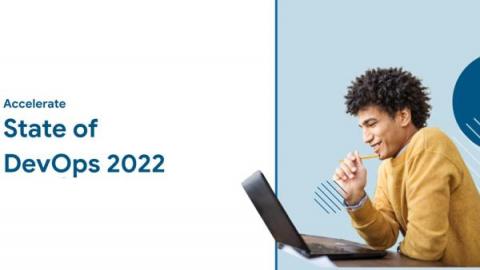Why Hybrid Network Monitoring is Key for Retailers This Holiday Season
The main street in my town is mostly lined with mom-and-pop shops, and I love to support these businesses. Large online retailers keep making it harder for these stores to compete, so I think it’s important to keep doing business with them when I can. Lately, it’s been interesting to see that these mom-and-pop shops increasingly have something in common with the largest online retailers: They’re reliant on the internet to deliver their goods and services to consumers.



